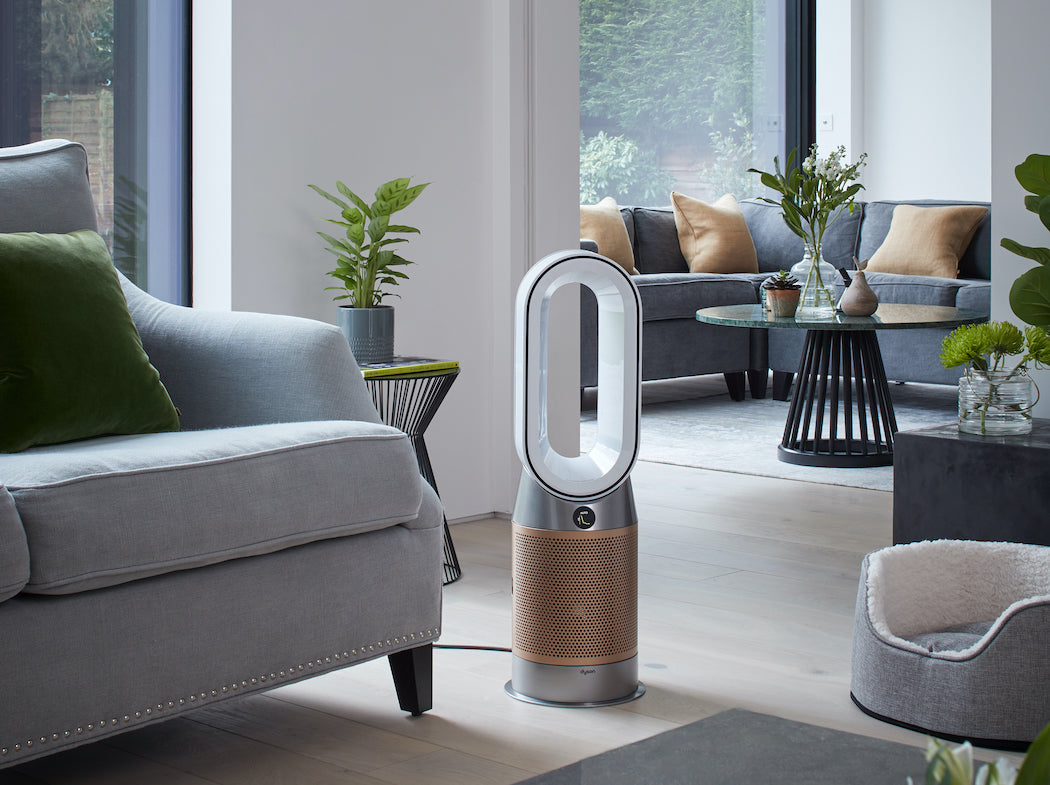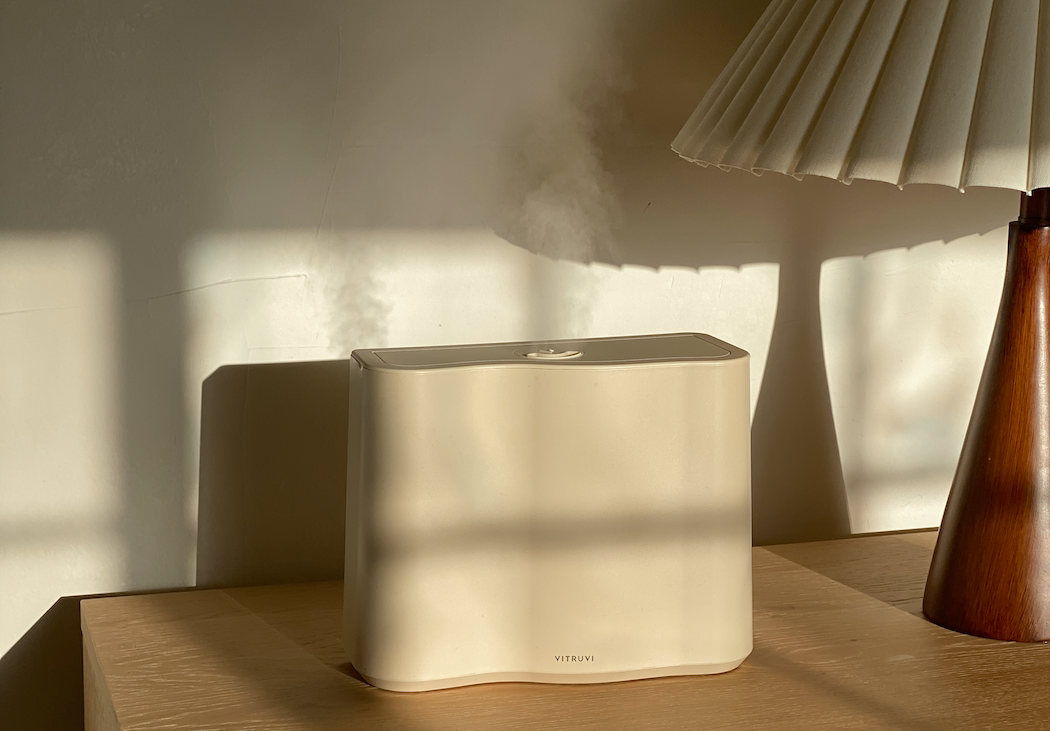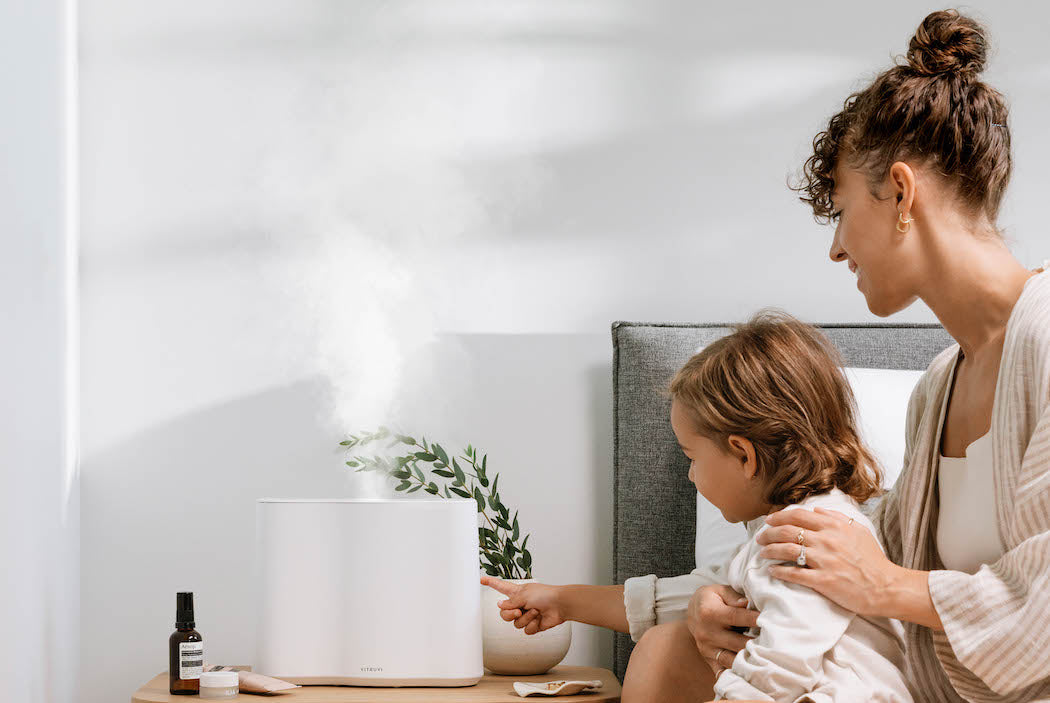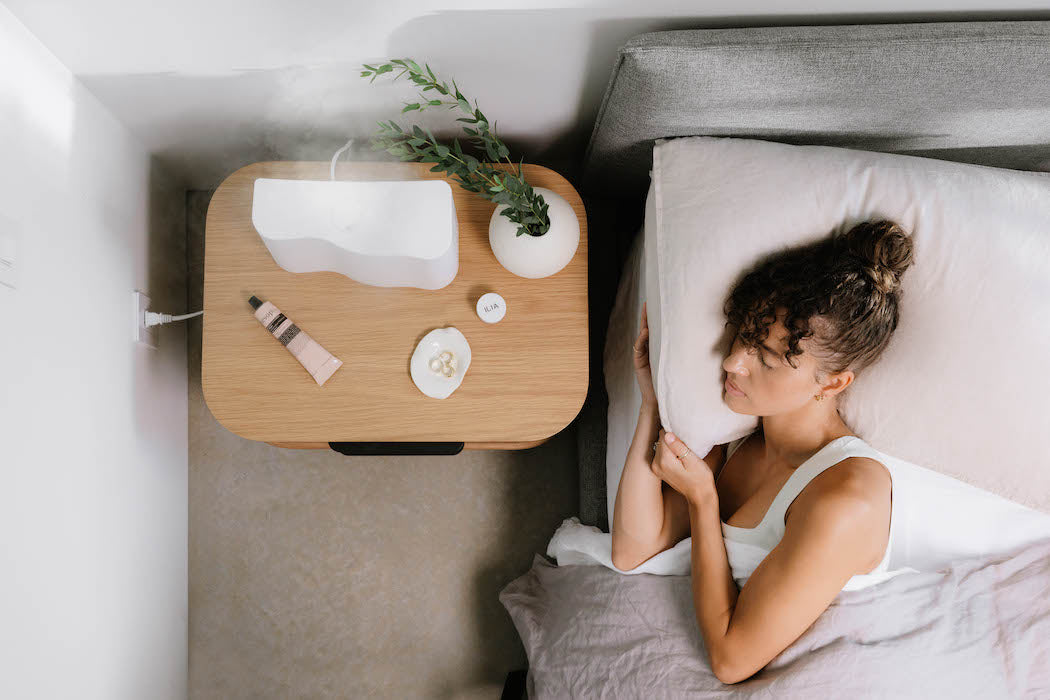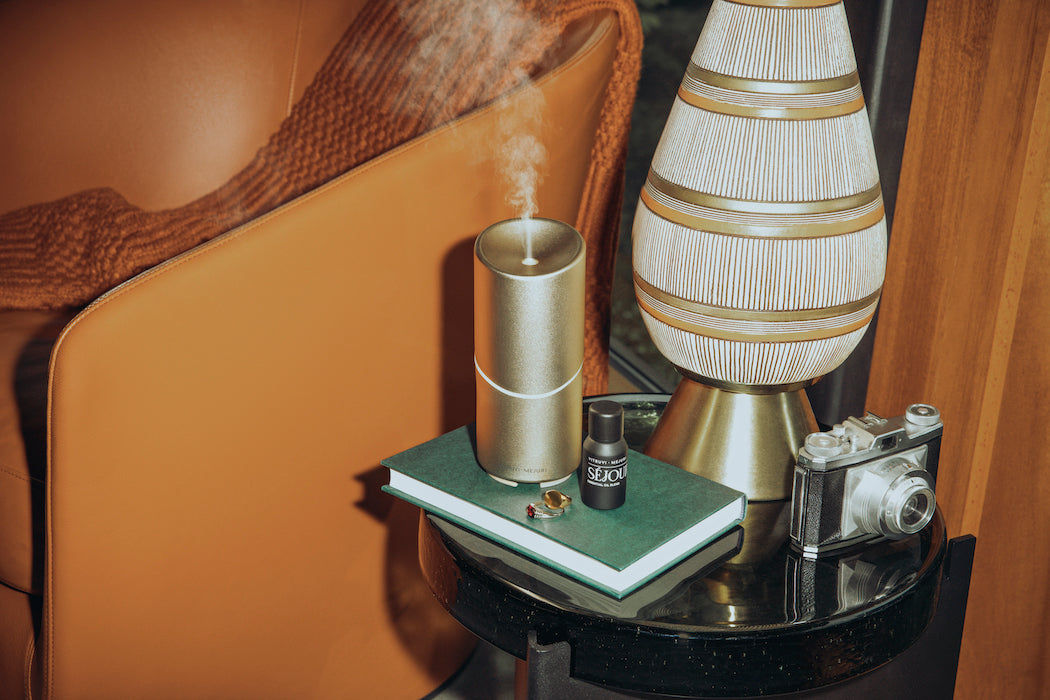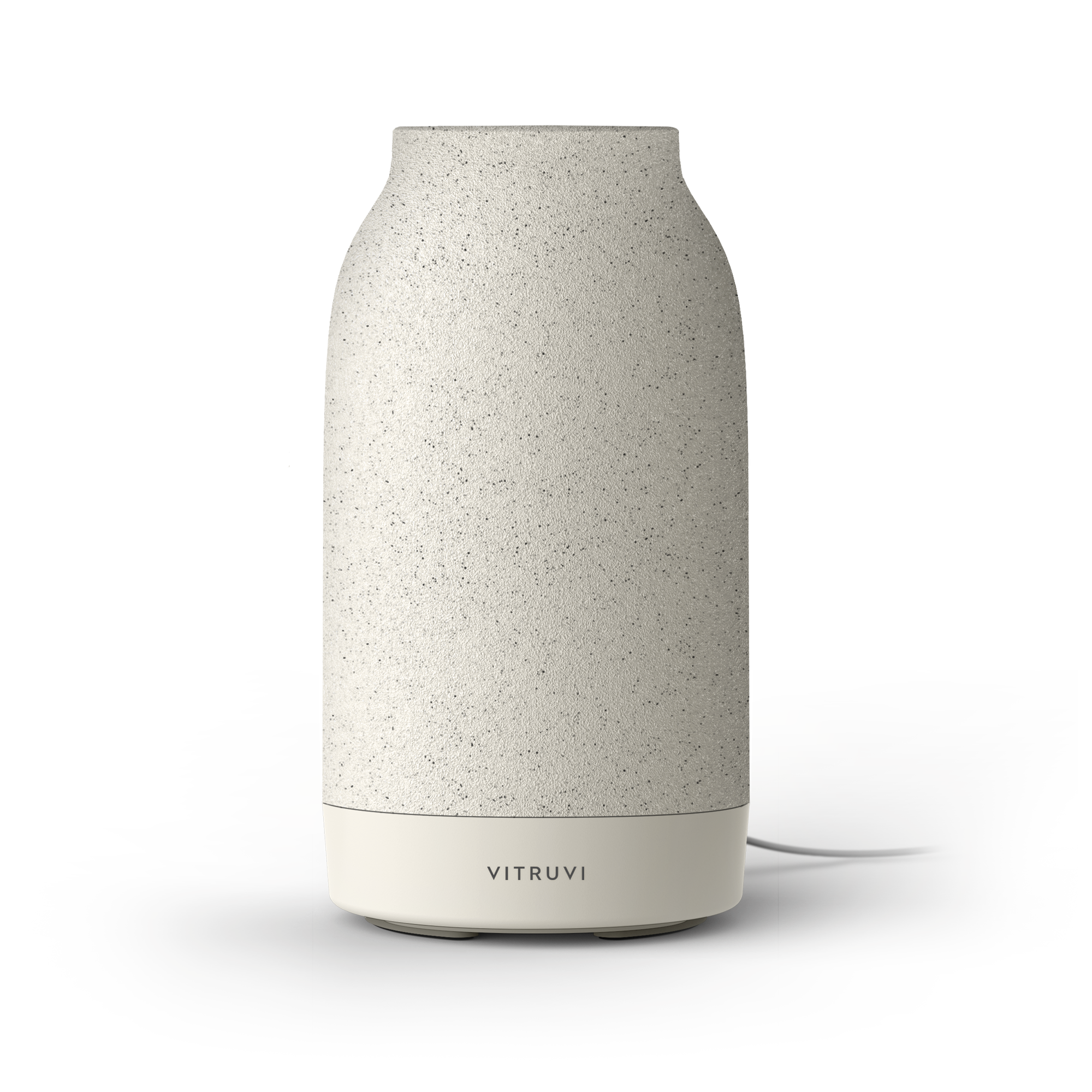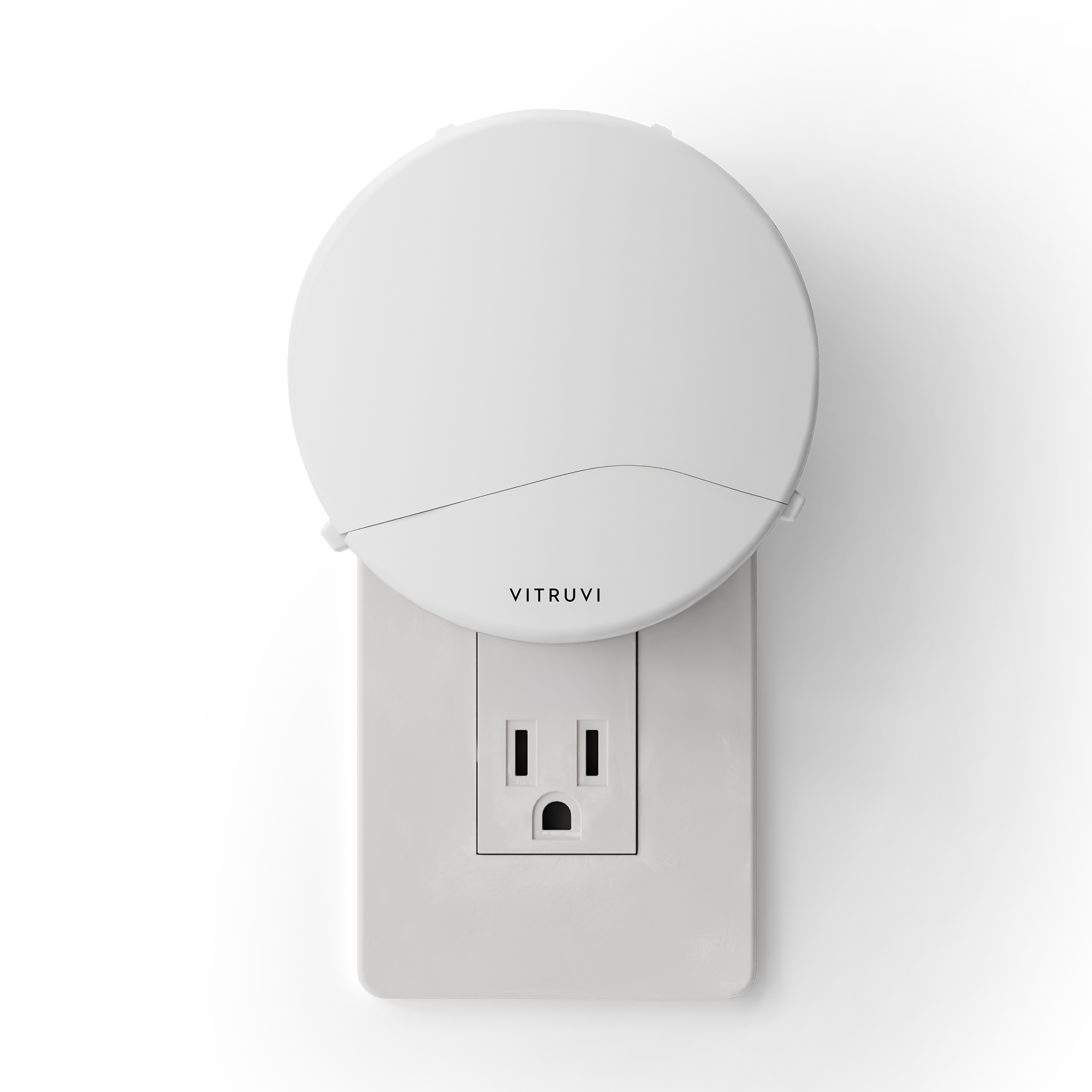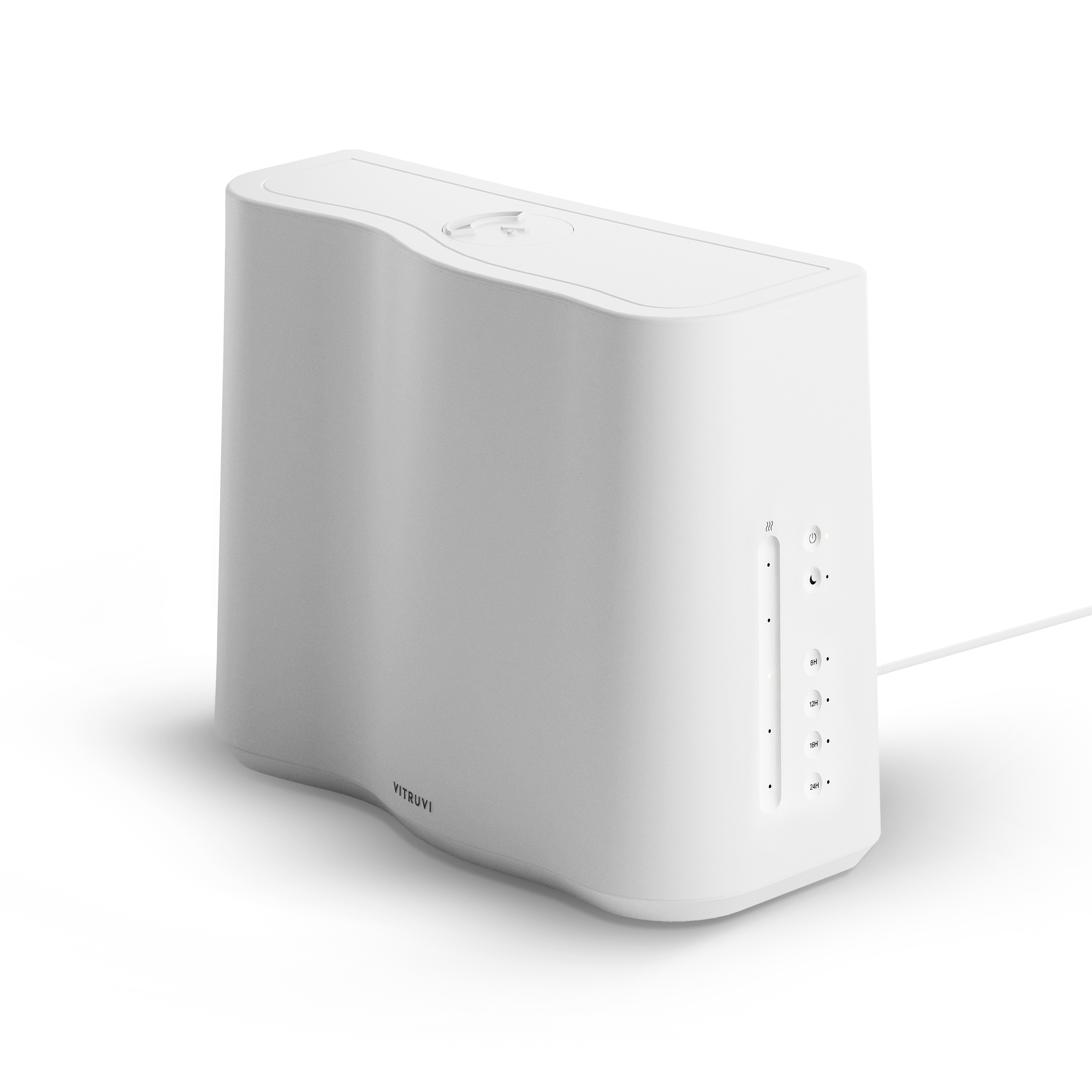The pandemic forced many of us to look inward—in more ways than one.
Aside from the philosophical learnings of quarantine (that’s a story for another day), we were also forced to confront the quality of our indoor air. “An outdoor problem is very much an indoor problem as well,” says Dyson design engineer Michael Leat, speaking at a recent virtual panel. Aside from the dangers of COVID spreading indoors, the things that bother us outside—such as smog, pollen, and dirt—can affect us in our homes, too. Aside from that, many household items themselves contribute to poor, potentially harmful indoor air quality.
What is indoor air pollution?
To put it simply, indoor air pollution is the bad stuff in your household air—whether it be manmade or naturally-occurring. According to the United States Environmental Protection Agency, the concentrations of some air pollutants can be two to five times worse indoors than they are outdoors. Poor ventilation, building materials, and even synthetic household cleaning and scenting products can affect the cleanliness of the air in your space.
The most common types of indoor air pollution
Allergens. At the top of the list? Dust mites. Unfortunately unavoidable, these pests find homes in our soft furnishings, from rugs to linens. Dust mites feed off of dead skin cells, of which we humans shed a lot every day. And many people are allergic to them—their droppings, actually (gross)—which makes a strong case for frequent vacuuming and washing. The same goes for those with allergies to pet dander and pollen, as well as those with breathing issues that can be exacerbated by tobacco smoke or stovetop grills.
Volatile organic compounds (VOCs). “These are all gases; the most common constituents of VOCs are carbon, hydrogen, and oxygen,” Leat explains. “VOCs can come from both manmade and natural resources, so they’re not entirely caused by our activities.” Common producers of VOCs include soy candles, synthetic aerosols, paint, particle board, unnatural cleaning products, even coatings on furniture fabrics. One of the most ubiquitous VOCs is formaldehyde, which is a colorless gas emitted from many household items and building materials. According to Health Canada, possible effects of exposure to VOCs can include breathing problems; irritation of the eyes, nose, and throat; and headaches.
Wildfire smoke. “What makes this outdoor air pollution incredibly dangerous is that it can be impacted by wind patterns,” Leat says. “So just because a wildfire is in one place doesn’t mean that the smoke in the air pollution caused by that wildfire will stay in one place.” Meaning that, for example, even if a wildfire starts in Oregon, the ash in the air can travel to British Columbia (as has been happening with increasing frequency in recent years). Scratchy throat, sore and watery eyes, and sinus irritation are all listed as potential symptoms of exposure to wildfire smoke. And while this primarily affects our outdoor activity, it can travel indoors, as well; indoor ventilation works by allowing fresh air to enter the home (which, of course, is a problem if the outdoor air itself is not clean). Other outdoor pollutants such as car exhaust and construction can travel indoors and cause issue, as well.
How to get rid of indoor air pollution

Ensuring your home has proper ventilation is key to maintaining healthy indoor air. On top of that, cleaning with non-toxic products and vacuuming regularly are great ways to help mitigate certain pollutants. For a more professional and lasting job, Dyson’s air filters—including its Purifier Hot+Cool Formaldehyde, which removes and traps 99.97 percent of particles—offer a great solution. “Our purifiers are designed to capture all different types of air pollution,” Leat says, “through a fully sealed filter system.”
To help rid your home of other VOC contributors, consider installing real hardwood floors (not synthetics) and buying rugs made of all-natural fibers such as wool. Opt for non-toxic wall paint and eco-friendly household cleaning products. Avoid synthetic candles, and choose furniture that is made from sustainable, natural materials (think solid wood instead of particle board).
Of course, none of this is reason to panic. Indoor air quality is something we need to be aware of, but it shouldn’t cause paralyzing levels of fear. The key is to do what you can: educate yourself, start small, and set realistic goals. Everything is a process, so begin where you can and you’ll find yourself breathing easy.

